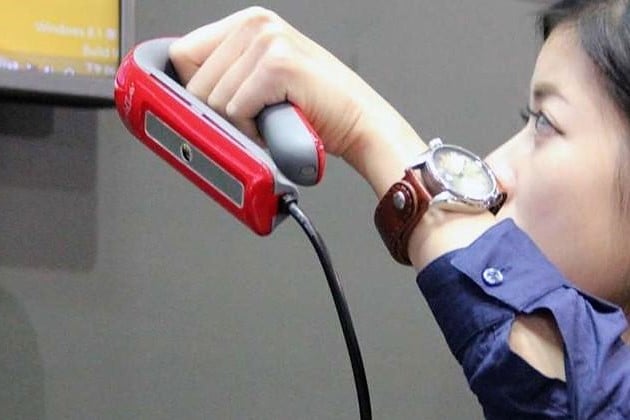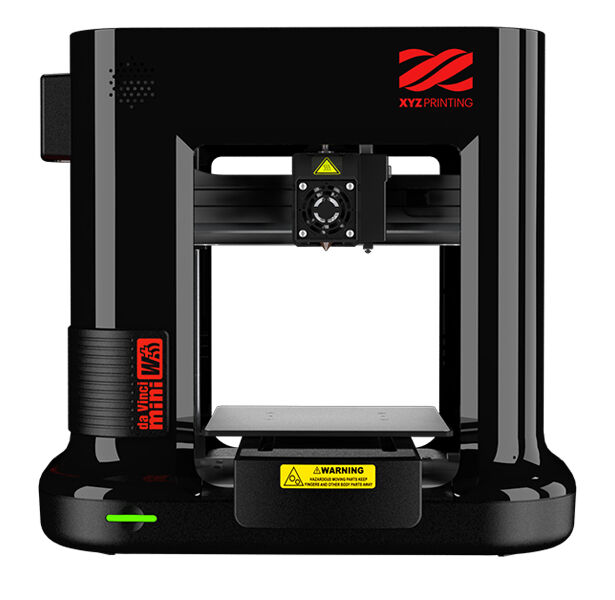
Handheld and stationary 3D scanners often use the same technology and can overlap in their functions. Before making your decision check out the section below: Handheld vs Stationary So, let’s take a closer look at each one: Types of 3D Scanners There are, of course, different types of 3D scanner and scanning technology. if you’re planning to use it for 3D printing, the model might need scaling up or down, hollowing, have added support structures, be re-colored or have brightness/contrast changes, etc.
#Xyz 3d scanner pro software#
The data recorded can then be fed into a computer-aided design program or similar software for inspection and manipulation. While the light tends to be a measure of the object’s geometry, HD cameras tend to capture the surface detail and color.

The whole process only takes a few minutes. A high-resolution scanner can capture hundreds of thousands of points in seconds and reach millions overall. The more points collected the more accurate the scan. The collected data is called a point cloud, which refers to the number of points captured by the laser.
#Xyz 3d scanner pro full#
Electromagnetic light bounces off the object, measuring its circumference, full dimensions, and all its finer details.ĭepending on the scanner it may use multiple light sources, cameras, and other tech to aid this process. The physical object is placed in a bed, tray, or suitable location. The majority use laser and/or white light technology and cameras. So, how do you scan 3D objects into a computer ? Whether it’s on an industrial scale, at a small business, or on a desk at home, 3D scanners all share similar characteristics in the way they work. It’s never been easier to scan 3D objects ! How Do 3D Scanners Work?

Using accompanying or third-party software, the model can then be scaled up or down, or completely modified. High-quality 3D scanner camera lenses also capture the color and surface texture of the object.

Scanning is typically done using laser triangulation or various forms of structured light to surround the object and measure its 3D dimensions or ‘geometry’. The benefit for those that are good with that type of thing is it reduces the price and allows for easier upgrades and modifications. Some come completely assembled while others, like 3D printers themselves, you’ll have to put them together by yourself. These allow you to easily scan small to medium-sized objects for 3D printing.
#Xyz 3d scanner pro portable#
They are sometimes called portable 3D scanners or handheld scanners if they’re designed as such. Such scanners are used in many professional industries, but with advances in home 3D printing, there are now also a good variety of home options. The aim is usually to get an accurate model to the right standard and format, ready for 3D printing, for virtual reality applications or other purposes. The 3D digitizer process might be automatic or users might need to complete the model to their requirements by using software. Much like a regular scanner, laser scanning 3D uses various methods to analyze a physical object and then relay that data to a computer to create digital 3D models.


 0 kommentar(er)
0 kommentar(er)
